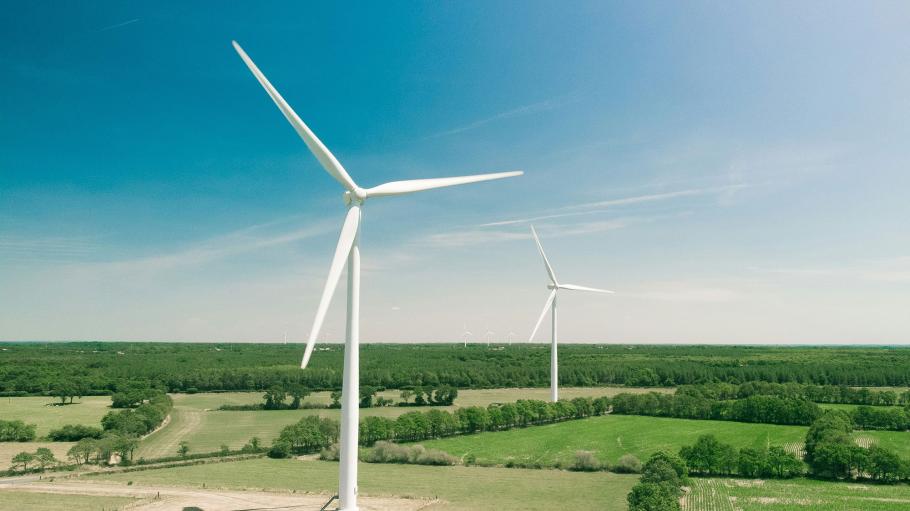George Brown College has launched its Wind Turbine Technician certificate program to address the growing global need for workers skilled in servicing, diagnosing, repairing and installing wind turbines and related equipment.
The program is delivered online and is asynchronous, allowing students to learn at their own pace, equipping them with the skills necessary for working confidently in the wind power industry at all levels. One of the main features of the program is its state-of-the-art 3D interactive wind turbine simulator.
"Wind energy is one of the fast-growing energy sources in the world, and with that growth comes a need for skilled technicians. Building on the successful launch of our Electric Vehicle Technician Certificate Program in 2022, we saw an opportunity to develop a skilled workforce for the wind energy sector in Canada and beyond,” said Colin Simpson, Dean of the Centre for Continuous Learning. “Our Wind Turbine Technician certificate program is another step George Brown College is taking in supporting the clean energy sector.”
Wind Turbine Technician Program Details
Demand for skilled technicians in a growing green energy sector
This program will meet a growing need for skilled technicians as wind generation is expected to more than double by 2030. According to Global Wind Energy Council’s Global Wind Report 2023, global installed wind generation capacity has jumped from 8.2 gigawatts (GW) in 2002 to 906 GW in 2023.
GWEC Market Intelligence also forecasts 680 GW of new capacity in the next five years (2023-27), representing 136GW growth per year, with predictions that 1221 GW of new global wind capacity will be added by 2023. The Council estimates that over half a million new wind technicians will be needed by 2026 to service this new capacity.
As a global leader in distance learning, the asynchronous, on-demand format of the Wind Turbine Technician program is based on George Brown’s other innovative online technical training programs such as electric vehicle, electronics, robotics and industrial automation. The average completion time is 32 weeks, but there is no pre-set, scheduled completion time, which allows students to complete the program material at a rate that they are comfortable with. The interactive curriculum includes a proprietary 3D wind turbine simulator that is the first and only of its kind, offering students the ability to learn in a real-world environment without the inherent risks involved in working on wind turbines.
A flexible learning option for adult learners
The online, self-directed program is supported seven days a week by tutorial and technical staff.
Additionally, the program offers flexible payment options with a low initial registration fee – which includes the web-based curriculum, 3D Wind Turbine Simulator software and the first module in the program – costing only $580. The remaining 13 modules (courses) can be purchased as students work through them on a pay-as-you-go basis, with a total fee of $1,750 for the entire program.
Learn more about George Brown College's Wind Turbine Technician program.

Key Features of the 3D Wind Turbine Simulator
The Wind Turbine Technician program's interactive curriculum includes a proprietary 3D wind turbine simulator, the first and only of its kind. This simulator allows students to learn in a real-world environment without the inherent risks involved in working on wind turbines. It includes the following features:
- Real-Time Visualization: Users can analyze wind patterns from every angle to understand the complex interactions between wind and turbine.
- Interactive Operation: Modify blade pitch, wind speed, wind direction and other critical parameters to see their effects on turbine efficiency and power output.
- Pre-Built Lab Projects: Includes pre-built lab projects presented within the 3D Wind Turbine simulation world, providing a rich resource for practical learning and experimentation.
- Pitch and Yaw Ladder Logic Applications: Illustrates how Programmable Logic Controllers (PLCs) are used to provide automatic control of wind turbines.
